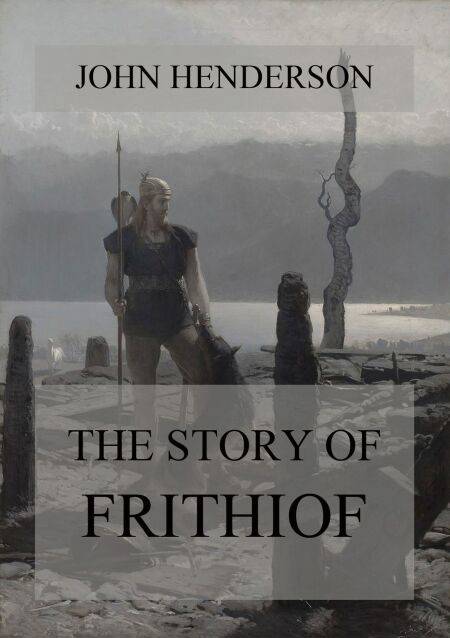
- Afhalen na 1 uur in een winkel met voorraad
- Gratis thuislevering in België vanaf € 30
- Ruim aanbod met 7 miljoen producten
- Afhalen na 1 uur in een winkel met voorraad
- Gratis thuislevering in België vanaf € 30
- Ruim aanbod met 7 miljoen producten
Zoeken
Omschrijving
Mr. Henderson's beautiful prose translation of the "Frithiof Saga" ought to make that famous work, originally a poem, better known in English-speaking countries than it is today. How it has happened that a work which has been translated into the Danish, Norwegian, German, English, French, Russian, and Latin languages, and which is to be found in almost every house in Sweden, should be so little known amongst ourselves, it is difficult to explain; but that such is the case, we may gather from the translator's candid avowal that he had sent his own version to be printed before he discovered that any previous translation existed; nevertheless, no fewer than four Englishmen had preceded him in the undertaking, the earliest in 1835. The Scandinavian Saga upon which Bishop Tegnér founded his beautiful poem, is the most popular, and one of the best authenticated of all the northern legends, and is attributed by Müller to the end of the thirteenth, or beginning of the fourteenth century. Mr. Henderson's translation is very faithful and spirited, but those acquainted with the original Swedish will hardly agree with him in thinking that it would not have been better still had it been made from that, and not from the German, which, however excellent and worthy of its author's fame as a poet, is not the language in which Esaias Tegnér thought. This edition is beautifully illustrated with works of the Swedish painter August Malmström.
Specificaties
Betrokkenen
- Auteur(s):
- Illustrator(s):
- Uitgeverij:
Inhoud
- Aantal bladzijden:
- 160
- Taal:
- Engels
Eigenschappen
- Productcode (EAN):
- 9783849658748
- Verschijningsdatum:
- 14/09/2020
- Uitvoering:
- E-book
- Beveiligd met:
- Digital watermarking
- Formaat:
- ePub

Alleen bij Standaard Boekhandel
+ 4 punten op je klantenkaart van Standaard Boekhandel
Beoordelingen
We publiceren alleen reviews die voldoen aan de voorwaarden voor reviews. Bekijk onze voorwaarden voor reviews.








